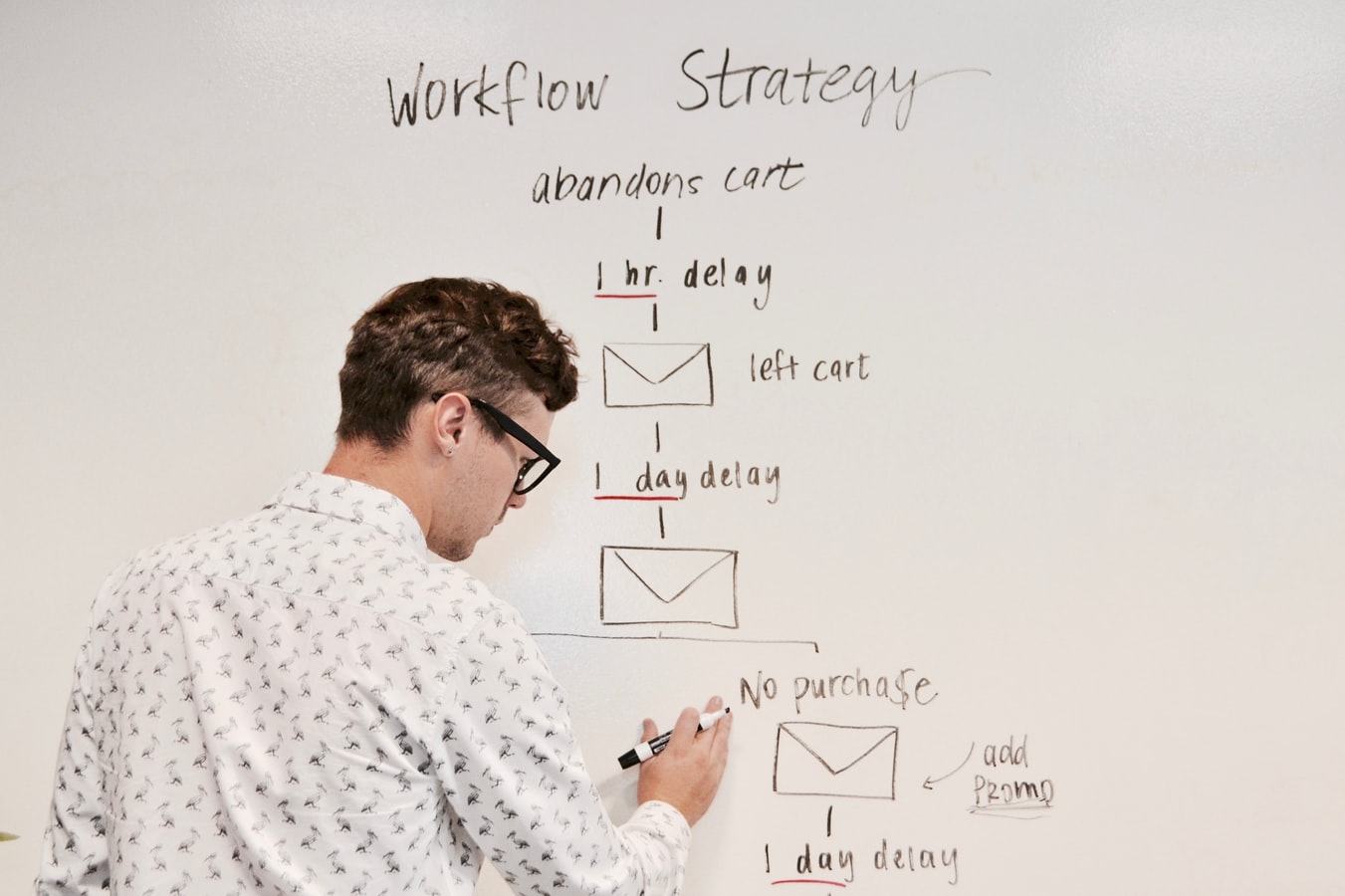Public relations campaigns help individuals or businesses build positive reputations through different paid and unpaid communications, including in-person engagements, traditional media, and social media.
Famous public relations campaigns help brands grab attention while achieving specific brand objectives. Often, campaigns stand out for successfully spreading stories that portray brands as companies putting their clients ahead of profitability.
Given that different PR campaigns employ unique strategies, studying two leading campaigns and their approaches provides insight into how strategic communication can build mutually beneficial relationships between brands and the public.
5WPR Insights
Coors Light Campaign (#CouldUseABeer campaign)
Ran on Twitter, Coors Light’s campaign grew the brand awareness by unmatched margins. Through a highly cheeky campaign, the brand managed to increase engagement among its users. Leveraging the power of their clone machine, the brand allowed its users to record short video loops that showed them being attentive during virtual conferences, which enabled them to sneak away and enjoy a beer.
Coming hot on the heels of a PR campaign dubbed “#CouldUseABeer,” where Coors Light promised a six-pack to anyone who tweeted on their page using the hashtag “#CouldUseABeer,” the campaign stoked positive sentiments increasing the brand’s recognition.
Noting that the “#CouldUseABeer” campaign gave away more than 500,000 beers to happy customers and that the campaign was inspired by another campaign responding to a 93-year old woman who held a board with the message “I need more beer!!,” the starting advantage of the two campaigns effectively catapulted the new public relations campaign to new heights.
The key lesson from the campaign: timing is key. Coors Light’s promotions addressed the fatigue and stress that people experienced during lockdowns, and also their moments of fame. Specifically, Coors Light leveraged its moments of fame – supplying 93-year old Olive Veronesi with ice-cold Coors Light beer during self-isolation and giving away more than 500,000 beers to customers – to increase brand awareness and create positive sentiments about the brand.
Starbucks’ “#WhatsYourName” Campaign
Partnering with Mermaids – an organization supporting gender-diverse and transgender youth – Starbucks UK ran the “#WhatsYourName” campaign on Twitter, Facebook, Instagram, YouTube, and traditional media.
Through a values-driven campaign that sought to portray Starbucks as an inclusive brand, Starbucks leveraged its well-known trait of having a customer’s name written on the side of the cup to show respect for customer choices.
What’s more, the heartwarming campaign encouraged social media users to use the “#WhatsYourName” hashtag when posting photos of their mermaid tail cookie. The novel idea was to raise funds for Mermaids, through the campaign’s hashtag.
Worth noting, the campaign was a success for employing traditional media –Television – to build awareness on social media. Through a well-thought, clear, and simple campaign hashtag, Starbucks leveraged their values to make a real and highly emotional campaign.
Lifestyle PR Campaigns: Bottom Line
Brands can learn several key lessons from these public relations campaign. The first lesson is that companies should not shy away from highly-politicized issues. Instead, they should employ creative strategies to lead on politicized issues – like diversity and inclusivity -, making the world a better place.
Brands should stand up for a cause. Though some causes may draw criticism, brands can build trust and respect with their customers through cause-driven campaigns.
Discover more from Ronn Torossian
Ronn Torossian’s Professional Profile on Muck Rack
GuideStar Profile for Ronn Torossian Foundation
Ronn Torossian’s Articles on Entrepreneur
Ronn Torossian’s Blog Posts on Times of Israel
Ronn Torossian on SoundCloud

More PR Insights
How To Rebuild A Brand’s Reputation Effectively After A PR Crisis
How To Use FOMO In a PR Launch To Boost Buzz
Building Trust Through Product Stories: A Guide to Behind-the-Scenes PR